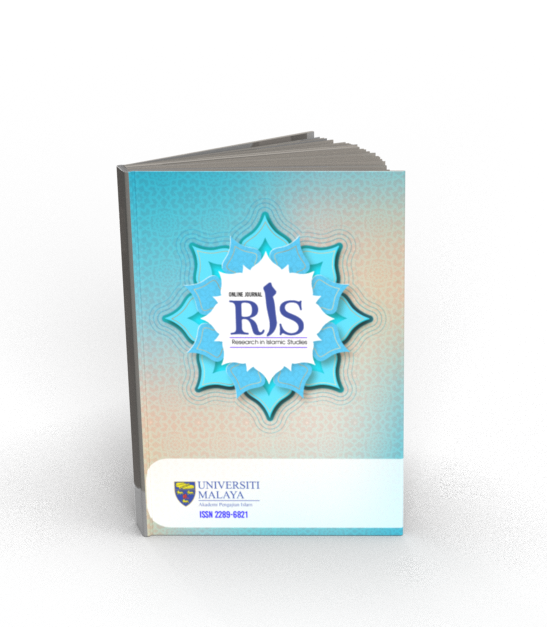Main Article Content
Abstract
Fiqh al-awlawiyyāt or priority fiqh is not a new idea of science but has long been debated by scholars of the past and Islamic scholars. However, the terminology used for this knowledge was pioneered by contemporary scholars. The importance of applying fiqh al-awlawiyyāt is clearly seen when issues arise related to misunderstandings that occur in placing priority on branch matters. This happens due to the awareness of the general public who are more interested in reading scientific material themselves and at the same time are more exposed to various views of scholars. They are also more easily influenced by opinions that feel appropriate to themselves or their situation without referring to those who are knowledgeable. In addition, confusion also occurs in distinguishing between different times and conditions, leading to unbalanced prioritization. The purpose of this study is to examine the method of determining priority in comparing maṣlahah and mafsadah in medical fatwas in Malaysia. The methodology of this study uses a case study design. Meanwhile, the documentation method is used in data collection in relation to the study. Content analysis is applied in data analysis methods. This study also only focuses on some selected and appropriate medical issues. The results of this study show that a clear understanding of the determination of the law based on the current situation is an important matter to study and issue a method so that it can be applied correctly and coincide with the maqasid syarak when a problem occurs.
Keywords
Article Details
Copyright (c) 2024 Online Journal of Research in Islamic Studies

This work is licensed under a Creative Commons Attribution-NonCommercial 4.0 International License.
Copyright Notice
By submitting manuscripts to the Online Journal of Research in Islamic Studies (RIS), authors agree to transfer copyright to the journal. However, authors may republish their work or grant others permission to republish it; in which case it should be accompanied by a proper acknowledgment that the work was originally published in the Online Journal of Research in Islamic Studies (RIS). The journal adopt CC-BY-NC licence which authors may also share and distribute their article anywhere of non-commercial website, social media and repositories immediately on publication.
Authors may also reuse the Abstract and Citation information (e.g. Title, Author name, Publication dates) of their article anywhere at any time including social media such as Facebook, blogs and Twitter, providing that where possible a link is included back to the article on the journal site.
